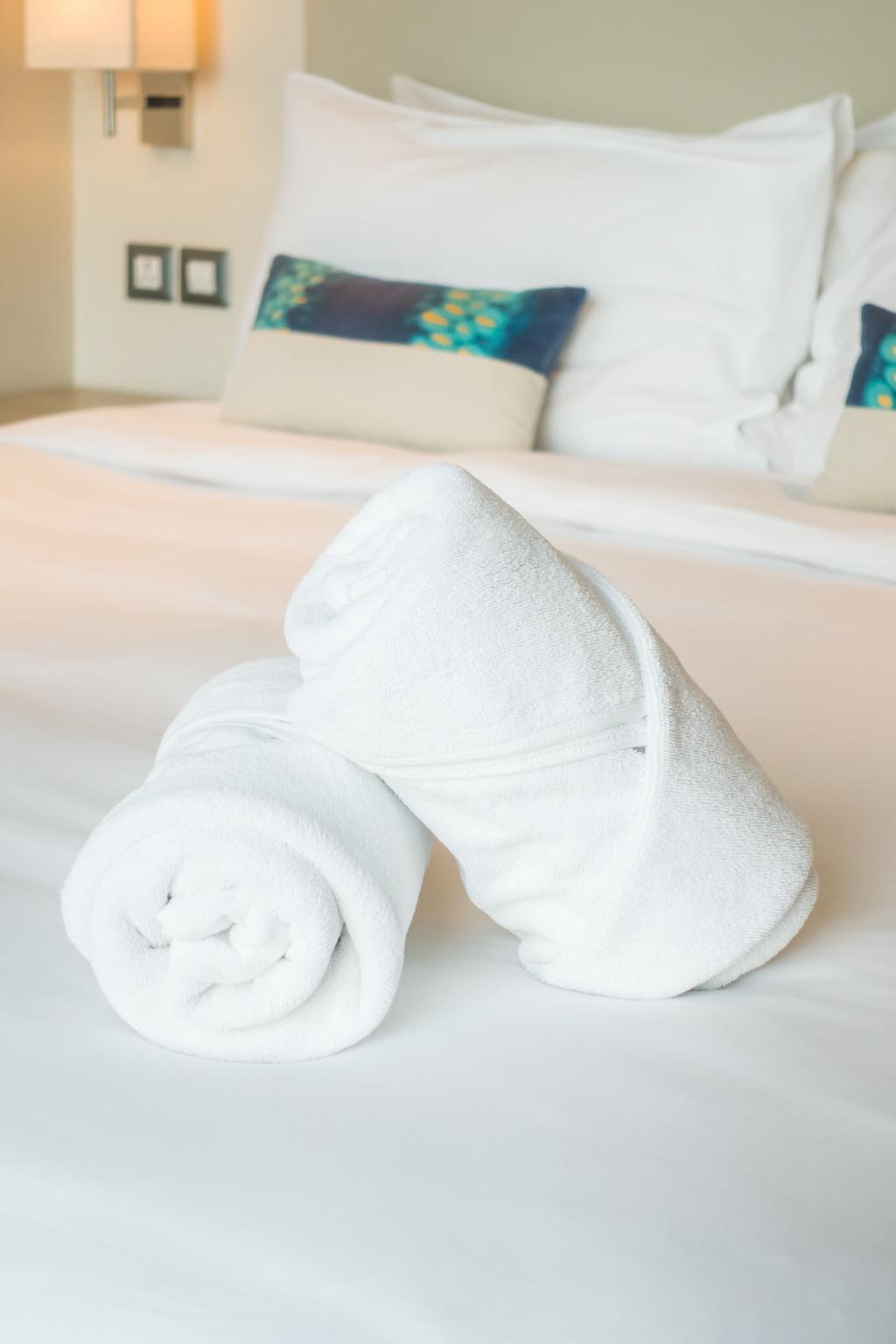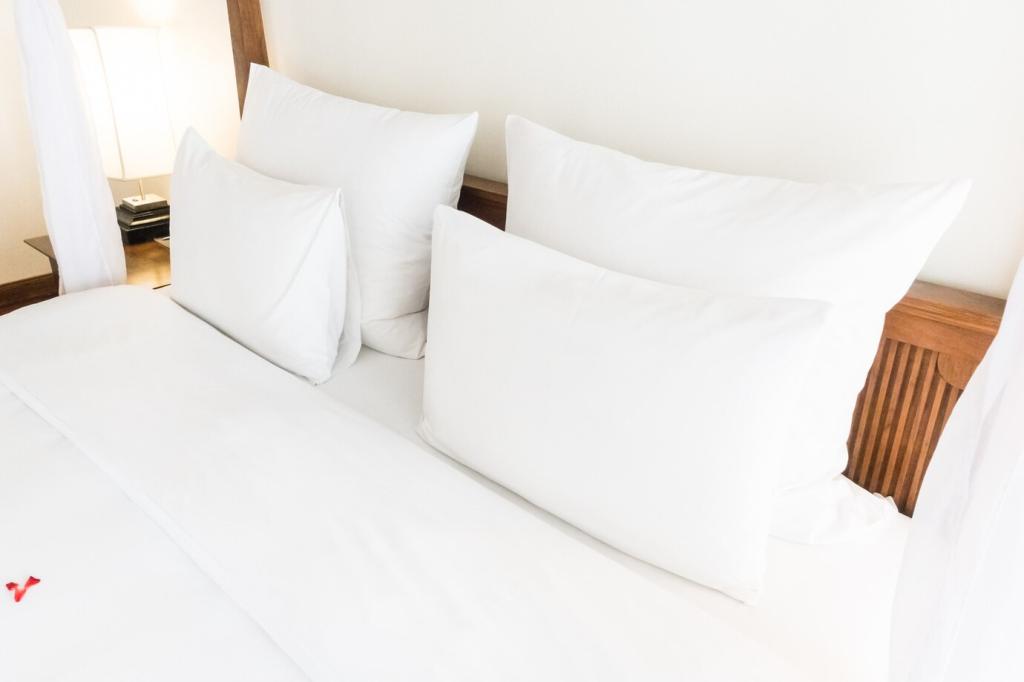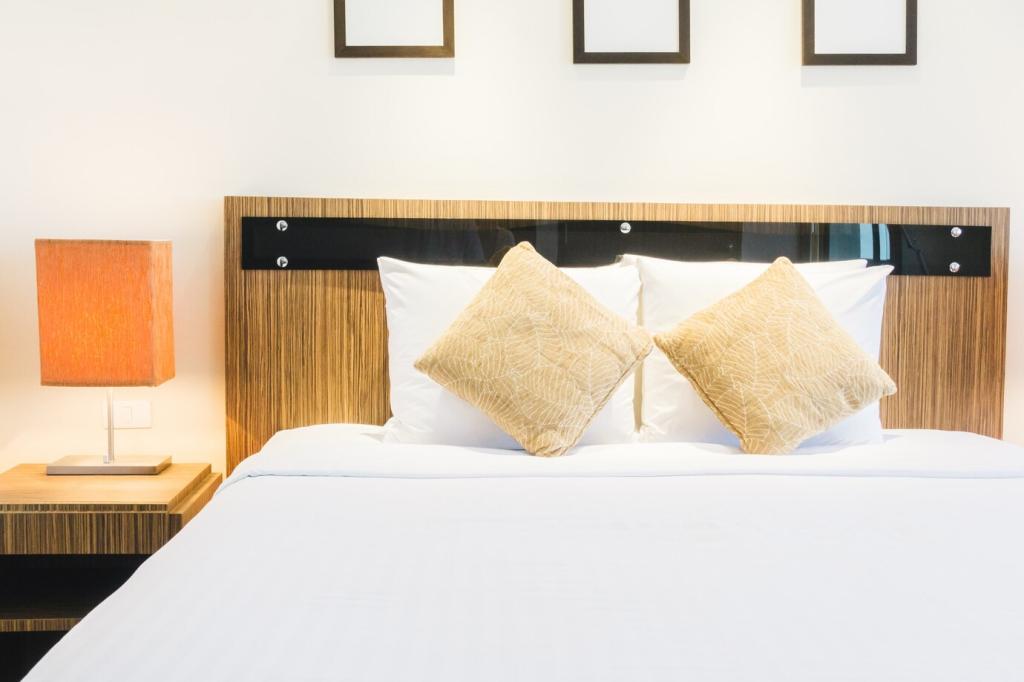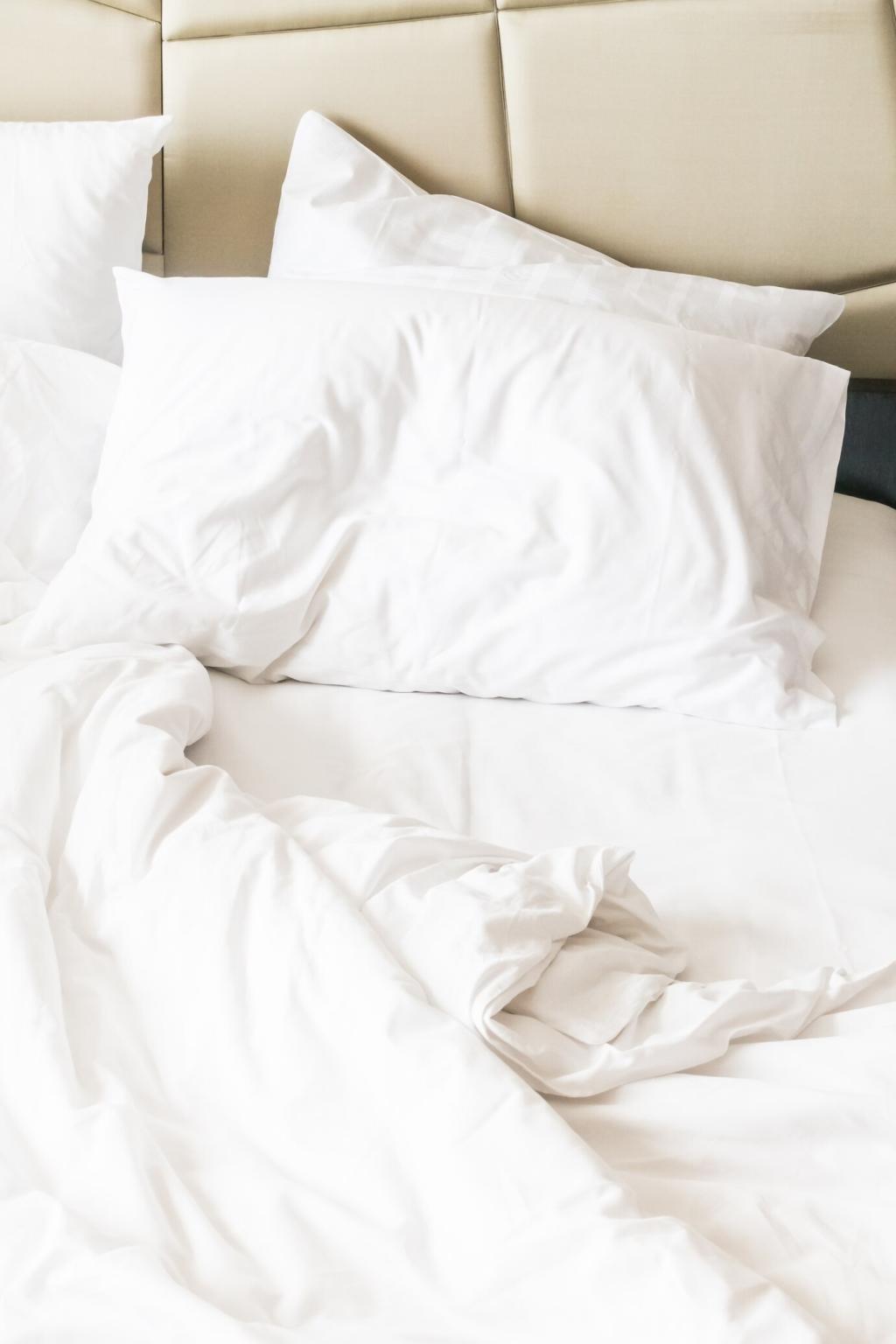What Makes Luxury: Extra‑Long Staple Fiber 101
Egyptian cotton traditionally refers to extra‑long staple cotton grown along the Nile, including prized Giza varieties, while Pima originates from American, Peruvian, and Australian cultivation. Supima is a licensed American Pima brand, guaranteeing fiber pedigree. Labels matter, because provenance influences consistency, certification, and the credibility behind words like luxury.
What Makes Luxury: Extra‑Long Staple Fiber 101
Both Egyptian and Pima are extra‑long staple, typically exceeding 1 3/8 inches, enabling finer, stronger yarns with fewer exposed ends. That translates to fewer pills, a sleeker surface, and a drape that feels cultivated rather than coarse. Giza 45 is renowned for exceptional fineness, while top‑grade Pima is prized for uniform length and reliable performance.
What Makes Luxury: Extra‑Long Staple Fiber 101
Longer fibers allow single‑ply yarns with integrity, minimizing the need for multi‑ply tricks that inflate thread counts. In practice, Egyptian and Pima both spin beautifully into percale or sateen. The result is quieter friction across your skin, stronger seams, and fabrics that remain elegant after repeated laundering and nightly use.
What Makes Luxury: Extra‑Long Staple Fiber 101
Lorem ipsum dolor sit amet, consectetur adipiscing elit. Ut elit tellus, luctus nec ullamcorper mattis, pulvinar dapibus leo.







